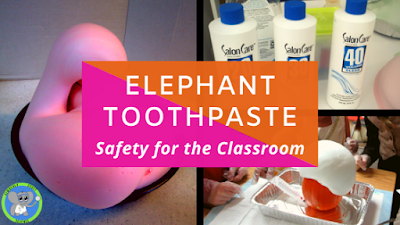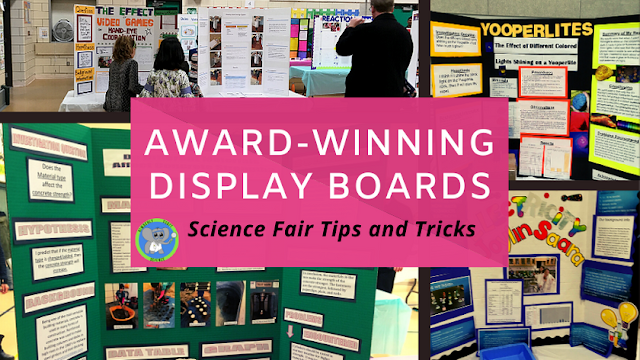End of School Year Science Celebration - Discover Mentos and Diet Coke Geysers
Celebrate the end of the year with a soda science celebration. Mentos candies and soda pop make an exciting event. The science behind the geyser will intrigue your students.
This unit usually takes us a week. We love this for a matter unit or a fun celebration. End the school year with a splash. Literally!
Parents are always willing to donate to this exploration. The students are also excited to bring in other items to try.
We divide this unit into several activities. Students dissect the science of the geyser to help them gain a true understanding that it is a physical and not a chemical reaction.
Day 1: Exploring the Headspace in a Bottle.
Have you ever wondered why the soda isn’t filled to the top? The answer will surprise you and your students. The students will explore two bottles to see which explodes the most. They will shake a full bottle and compare it to a bottle with a headspace.
Most guess the full bottle will have the largest explosion. That is incorrect.
Day 2 and 3: What do bubbles cling to?
Now that we know gas bubbles can cling to each other, we can compare soda pop in a cup coated with oil to a cup not coated with oil.
The cup with oil does not have bubbles on the side. We are getting closer to the secret of the geyser. Where did the bubbles go? Nucleation sites are the key to understanding the science. Look at the pictures above, and you can see the oil-coated cup is smoother and does not provide nucleation sites for the gas bubbles.
Students then read about nucleation sites and the science of geysers. Now, we test other objects. You can use many other things besides Mentos candy to cause an eruption.
Using the cups lined with oil, the students test other items. They are looking to see if the items attract bubbles. The more bubbles they attract, the more nucleation points they have. We always include Mentos in the test so students can compare. We suggest also testing lifesaver mints, sugar cubes, hard candies, rock salt, Pop Rocks, marbles, etc. A trip to the candy section of a dollar store is a great place to start.
Day 4 and 5: Testing Day!!!!
We discuss our results. Students use their data to decide which items they think might create a geyser. They enjoy this part. They pick two items to test. The goal is to realize they need an item that attracts bubbles and has good mass to plop in the bottle. We get ourselves ready for the next day, or if time allows, we erupt right now.
We use small bottles, so we don’t waste as much.
After the test, we use Mentos or an item of choice with a 2-liter bottle. So much fun! Safety goggles are recommended because they like to look over the top of the bottle.
This unit has it all and is a great way to end the school year. Kids will have a great time and create fun memories.
Head on over to check out the complete unit. It contains worksheets and background materials for set-up. It is always one of our favorite units of the year.
SHOP THIS POST
LEARN MORE











